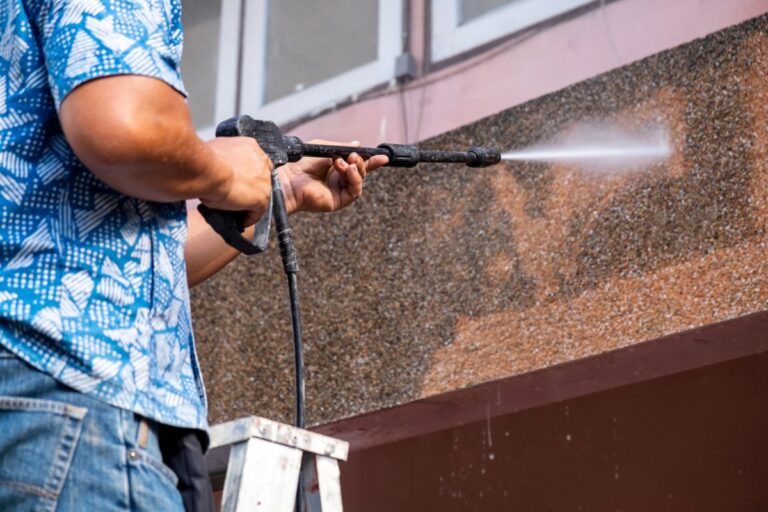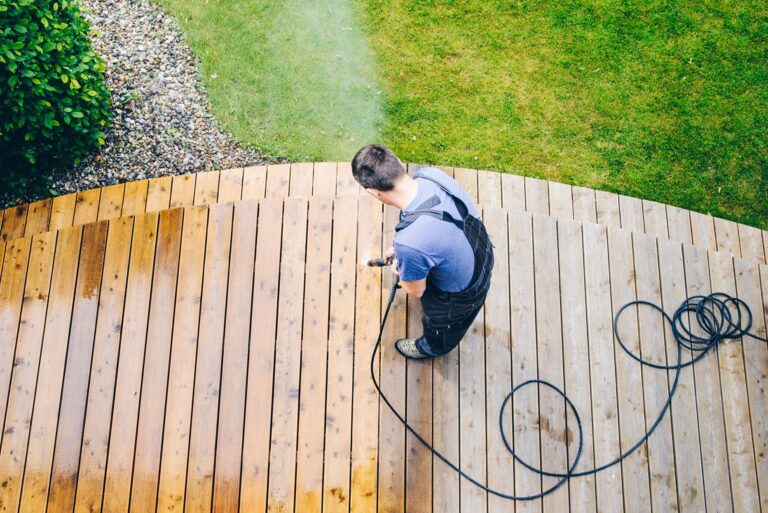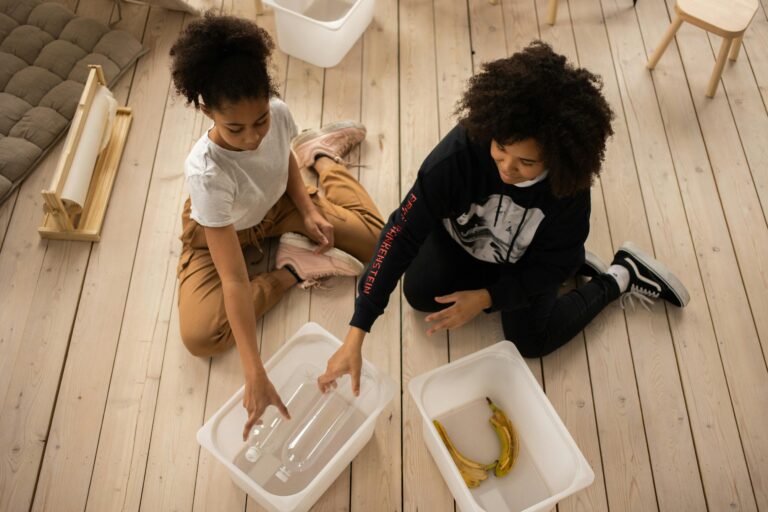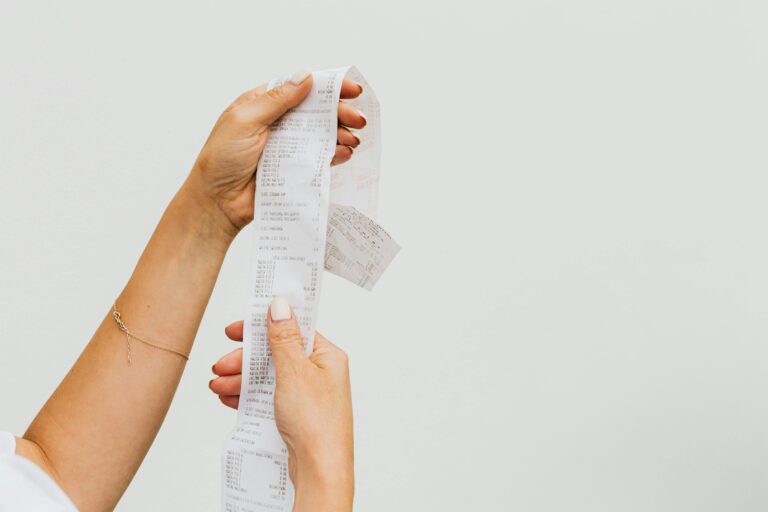Eco-Friendly Roofing Solutions to Lower Your Energy Bills
Wallpaper removal is a project that can dramatically transform a room, but it often fills even the most seasoned DIYer with dread. Images of endless scraping, gouged drywall, and hours of frustration come to mind. However, this daunting task can be made remarkably efficient and straightforward with one crucial element: the right tools. Using improper tools is the primary cause of frustration and damaged walls. This guide will walk you through the 10 essential tools for wallpaper removal, explaining not just what they are, but how to use them effectively to protect your walls and save your sanity. Investing in this arsenal will turn a nightmare project into a manageable, even satisfying, weekend endeavor.
The Preparation Powerhouses
Success in wallpaper removal is 80% preparation. Rushing this stage almost guarantees a difficult time. Your first essential tool is a heavy-duty drop cloth or plastic sheeting. Protect your floors and furniture from water, steam, and sticky paste; taping the cloth to baseboards contains the mess perfectly. Next, a reliable step ladder is non-negotiable for safe and comfortable access to the upper walls and ceiling borders. Finally, before you touch a scraper, you need a wallpaper scoring tool (often a rotary scorer like the Paper Tiger). This device creates hundreds of tiny perforations in the wallpaper surface, allowing your removal solution to penetrate the paper and break down the adhesive behind it. Without scoring, moisture simply rolls off vinyl-coated papers, making your effort futile.
The Removal Solution Application Team
Once the paper is scored, it’s time to introduce moisture. For this, you have two excellent options. A garden pump sprayer is a fantastic tool for saturating large wall sections quickly and with minimal effort. It provides a consistent, fine mist that soaks in without creating excessive runoff. For more precise control, particularly in smaller areas or around fixtures, a large sponge and a bucket of hot water work wonders. The heat helps to dissolve the adhesive more effectively. For stubborn papers or older paste, you will need a commercial wallpaper stripper solution. These solutions, which you add to your hot water, are specifically formulated to break down tough adhesives and are far more effective than plain water or DIY vinegar solutions.
The Primary Extraction Tools
After letting the solution dwell for 10-15 minutes, it’s time for the main event: removal. Your primary weapon is a wide putty knife or taping knife (a 6-inch blade is ideal). Use it with patience, holding it at a shallow angle to gently lift and scrape away large swaths of paper. Avoid using excessive force to prevent digging into the drywall paper. For corners, detailed areas, and stubborn spots, a smaller putty knife or a 5-in-1 painter’s tool is indispensable. Its sharp, pointed edge can get into tight spaces and under persistent edges that the wider knife can’t handle. For the most stubborn layers of paper or adhesive, a wallpaper steamer is the ultimate tool. It delivers a continuous blast of hot steam that liquefies the most tenacious paste, making even multiple layers of wallpaper yield.
Cleanup and Final Touch Essentials
The paper is down, but the job isn’t over. The wall must be perfectly clean and smooth before any new wall covering or paint is applied. You will inevitably have residual adhesive left on the walls. The best tool for removing this is a large cellulose sponge and a bucket of clean, hot water. Rinse the walls thoroughly, frequently wringing out the sponge to avoid simply spreading the glue around. Once the wall is clean and fully dry, inspect it for any damage. Use a drywall sanding pole with 120-grit sandpaper to feather out any rough spots, scratches, or leftover adhesive bits. This creates the perfectly smooth substrate necessary for a professional-looking finish on your next project.
Bonus: The Specialty Tool for a Professional Finish
If you are dealing with plaster walls or are particularly concerned about causing damage, consider a specialty tool: a drywall knife with a corner guide. These knives have a raised guard that runs along the wall, preventing the sharp corner of the blade from digging into the surface. This is an excellent tool for beginners or for tackling walls in older homes where the plaster may be uneven or more vulnerable to gouging. It provides an extra layer of protection and confidence as you work.
Wallpaper removal doesn’t have to be a battle of attrition. By equipping yourself with these 10 essential tools—from the humble drop cloth and scoring tool to the powerful pump sprayer and wide putty knife—you methodically dismantle the problem layer by layer. The key takeaways are patience and proper saturation; allow the solutions to work and let the tools do the hard labor for you. Your actionable advice is this: before you start, assemble your entire toolkit. Having everything at your fingertips will keep the project moving smoothly. With this prepared approach, you’ll strip those walls efficiently, protect your surfaces from damage, and be ready for a beautiful new look in no time.







